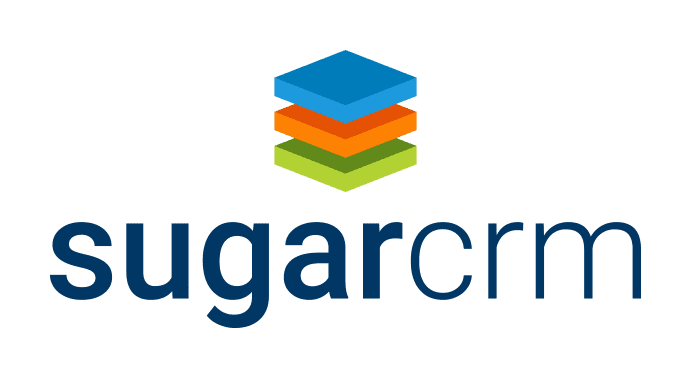You have the right employees, management tools, and resources. Your industry is rife with opportunities for growth and success. Your competition is doing something right. So, what’s holding your professional services business back?
Assessing Your Business Model
Your business relies on people to create and deliver valuable services to consumers, sharing business risk between the company and customers. Today, technology and digitization are shifting customer demands, putting pressure on professional services businesses to get more agile.
If you are still operating your business based on your headcount, you are holding your organization back. Instead, customer expectations should be at the frontline of your business operations because they greatly affect how your business performs in the market. For instance, newcomers have few barriers to entry, which has increased competition and technological solutions that inspire innovations due to digitization. Competing businesses can now offer more efficient, automated, and digital services.
Another example is the introduction of mobile technology for businesses which has inspired instant access to information, autonomy, accountability, faster delivery, and transparency among your customers—as such, improving your customer experience is no longer an option but a necessity.
The current economy requires professional services businesses to focus on automation, talent, user experience, and services on demand. That is why you need to assess your current business model and determine whether your current ecosystem is designed with these factors in mind.
If not, find a software solution to streamline your operations and improve your delivery models. You need self-regulation within your processes to enhance your productivity and efficiency. You also need to reduce repetition and errors.
Is Time Money or Should You Focus on Value?
Indeed, time is money. That is why professional services businesses have used the rate-based business model based on the time it takes to complete a task successfully for eons. After all, you don’t want pennies for services that took you months to perfect.
But with the shift in customer expectations and the increasing implementation of technological solutions like ERP solutions, professional services businesses need a new method of pricing services.
Check out what Professional Services ERP can do for you
To become a top professional services firm, you need to leverage a pricing model that takes into account your indirect, direct, resources, and administrative costs, as well as your margins and resource utilization.
Get a Resource and Cost Management Solution
Without a modern solution, your employees constantly shift between emails and invoice spreadsheets. You spend a lot of time performing project estimations, cost analysis, and resource planning every time you bid for work. To improve team efficiency, you’ll want a resource and cost management solution that provides complete visibility over your projects and gives you a deeper understanding of your costs, resources, and projects automatically.
This will maximize your billable hours, reduce any redundant processes, and make your cash flow processes like billing and invoicing fast and accurate based on the outcome of your services.
Focus on High-Value Clients
The effects of the pandemic significantly affected the delivery and resource management of many professional services businesses. Client demand also reduced, forcing many companies to either cut costs or chase less than ideal clients to survive. This is a perilous approach to business growth in the long term.
Instead, focus your attention on building relationships with high-value clients. Don’t settle on low-margin work unless you have to. Try and find clients that fit the 80/20 ratio, meaning 20% of your clients should pay for 80% of your revenue.
The best client relationship is one that gives you 50% of your revenue from 1% of your clients. Additionally, focus on building long-term engagements that reduce your daily work rate and increase revenue. This will also make it easier for you to practice value pricing.
Practice Value Pricing
One of the significant effects of automation is the reduced cost of operations and delivery, which can ultimately reduce the costs your customers are willing to pay for your services. This is why you must focus on value pricing your services.
Value pricing is the method of pricing your services primarily based on the value you provide instead of the time it takes to complete a project. The value you give your customer is much more important than your completion time. As such, value pricing models present the opportunity to charge prices you deserve.
Your resource and cost management solution should also manage your cash flow efficiently by automating your billing and invoicing. An excellent cash management strategy helps negotiate the best service prices and working capital requirements. Automating your cash flow management also ensures your billing and invoicing processes are accurate and free of errors.
Source the Right Talent
Your employees are the gateway to your customers, so it is vital to attract and maintain high-quality talent for your business. But finding and retaining the right employees is challenging. Additionally, skilled and expert talent is inadequate because of digital transformation.
Focus on offering competitive packages and career development opportunities. Also, implement a thorough selection process to ensure you get the right employees from the start. Include a training and development program that keeps your employees updated on the development and trends in your industry.
Another favorable option to consider is on-demand talent. The advantage of digitization concerning sourcing talent is that you can access global talent through remote work. Therefore, focus on getting a core team, and then leave the seasonal responsibilities to high-quality consultants or facilitators.
This way, you reduce your labor costs and get to work with people that want to work on your specific engagement. This type of alignment ensures that your employees give the most value.
See how Sage Intacct can help you grow your Professional Services Business
Grow Your Professional Services Business
Automate redundant processes, outsource seasonal tasks, price your services properly, and get the right clients. This is the difference between doing okay and operating at optimal standards.
FAQs
What is an outcome-based business model for professional services businesses?
This is a new business model that focuses on the outcome of the service rather than the rate of the services. As such, it targets offering customers the best user experience and consumer satisfaction, which then increases the value of the business.
What is value pricing?
Value pricing is a method of pricing your services based on the value they provide your customers instead of the time it takes to complete a task. Its advantage is that it considers the expertise and experience of your business and the billable hours.
What is the importance of ERP for professional services businesses?
ERP solutions help businesses streamline operations, leverage emerging trends and tools to increase profit margins, and facilitate growth. As such, an ERP solution will modernize the operational processes within professional services businesses, which, in turn, improves the value of the business.

